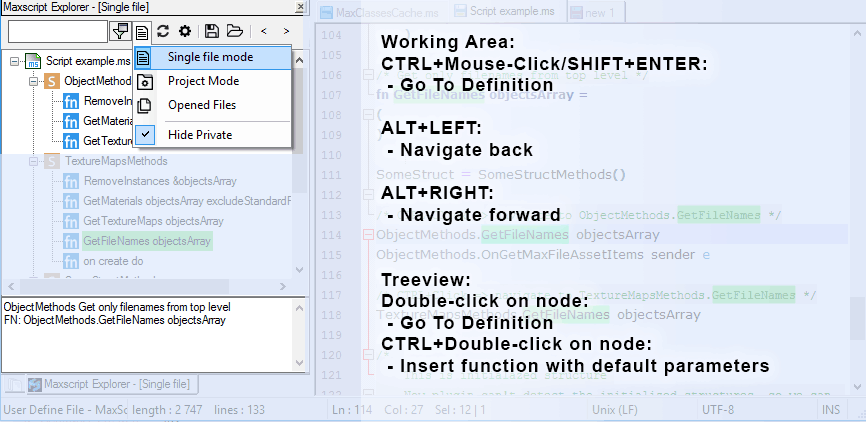

You can display unstable plugins with a click on Settings and the selection of "show unstable plugins" in the new window there. Start the text editor and then open Plugins > Plugin Manager > Show Plugin Manager on the menubar.Īll stable plugins are now displayed in a table like interface. You can start the plugin manager of Notepad++ the following way. Unpack the content of the archive to the local system and copy the file PluginManager.dll that you find in the plugins folder of the extracted archive to the plugins folder of the Notepad program folder, e.g. C:\Program Files\Notepad++\plugins for 64-bit versions of Notepad++. Head over to the GitHub website of the Plugin Manager, switch to releases, and download the latest release from there. You need to download the Plugin Manager plugin first and place the plugin in the plugins folder of the Notepad++ program directory. I will explain briefly how to find and use Notepad++'s plugin manager before I point you in the direction of some of the useful plugins found within.

Many users of Notepad++, a popular Windows Notepad replacement, do not know that the program ships with a plugin system that allows them to extend its functionality.


 0 kommentar(er)
0 kommentar(er)
